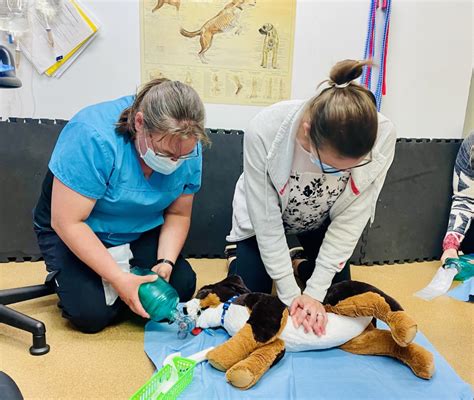Emergency Spaying/Neutering: When To Seek Help
Spaying or neutering your pet is a routine procedure with significant health and behavioral benefits. However, sometimes situations arise requiring emergency intervention. Understanding when to seek immediate veterinary care for spay/neuter-related issues is crucial for your pet's well-being. This article will guide you through recognizing those urgent situations and understanding the potential complications.
What is Considered an Emergency Spaying/Neutering Situation?
While routine spaying and neutering are generally safe, complications can occur. An emergency arises when these complications threaten your pet's life or health. This includes situations beyond the typical post-operative discomfort.
What are the Signs of Post-Operative Complications Requiring Immediate Veterinary Attention?
Several signs indicate a potential emergency following spay or neuter surgery. These should never be ignored:
- Excessive Bleeding: A small amount of bleeding is normal immediately post-surgery, but heavy bleeding or continuous bleeding is an emergency. Look for significant blood soaking through bandages or pooling around the incision site.
- Severe Pain or Distress: While some discomfort is expected, excessive whining, yelping, restlessness, or inability to settle down suggests a serious problem. Your pet should be manageable with prescribed pain relief; if they're inconsolable despite medication, seek immediate help.
- Swelling or Discharge from the Incision Site: A slightly swollen incision is normal for a few days, but significant swelling, redness, heat, or purulent (pus-like) discharge signals an infection.
- Vomiting and/or Inability to Keep Down Food/Water: Persistent vomiting, especially if accompanied by lethargy, can be a sign of complications, dehydration, or internal issues.
- Lethargy and Weakness: Unusual lethargy, weakness, or collapse is a serious sign requiring immediate attention.
- Difficulty Breathing or Rapid Breathing: Any signs of respiratory distress, such as labored breathing, rapid breathing, or bluish gums, are life-threatening emergencies.
- Fever: A significantly elevated temperature is a strong indicator of infection.
What if My Pet is Experiencing Post-Operative Pain? Is That Always an Emergency?
While some post-operative pain is expected, persistent, severe pain that isn't relieved by prescribed pain medication warrants a vet visit. Contact your veterinarian to discuss your concerns and determine if a follow-up appointment or emergency visit is necessary. Don't hesitate to contact your vet if you are unsure.
My Pet's Incision Looks Slightly Red and Swollen – Is This an Emergency?
Minor redness and swelling are often part of the healing process. However, increasing redness, swelling, warmth to the touch, or any discharge should be checked by a veterinarian to rule out infection.
When Should I Call My Veterinarian vs. Go to the Emergency Clinic?
Contact your veterinarian immediately if you observe any of the emergency signs listed above. They can advise you on the best course of action, which may involve an immediate visit to their clinic or a trip to an emergency animal hospital. If your regular vet is unavailable, go directly to the nearest emergency animal hospital.
Preventing Emergencies After Spaying/Neutering
Following your veterinarian's post-operative instructions carefully is vital in preventing emergencies. This includes:
- Administering Medications as Directed: Follow the prescribed pain relief and antibiotic regimen precisely.
- Restricting Activity: Keep your pet calm and prevent excessive running, jumping, or playing. Use an Elizabethan collar (cone) if recommended to prevent them from licking or biting the incision site.
- Monitoring the Incision Site: Regularly check the incision for any signs of infection or complications.
- Providing Proper Nutrition and Hydration: Encourage your pet to eat and drink as much as possible, following your veterinarian's dietary guidelines.
By recognizing the signs of emergency complications and promptly seeking veterinary care, you can significantly improve the chances of a successful recovery for your pet. Remember, it's always better to err on the side of caution when it comes to your pet's health.

